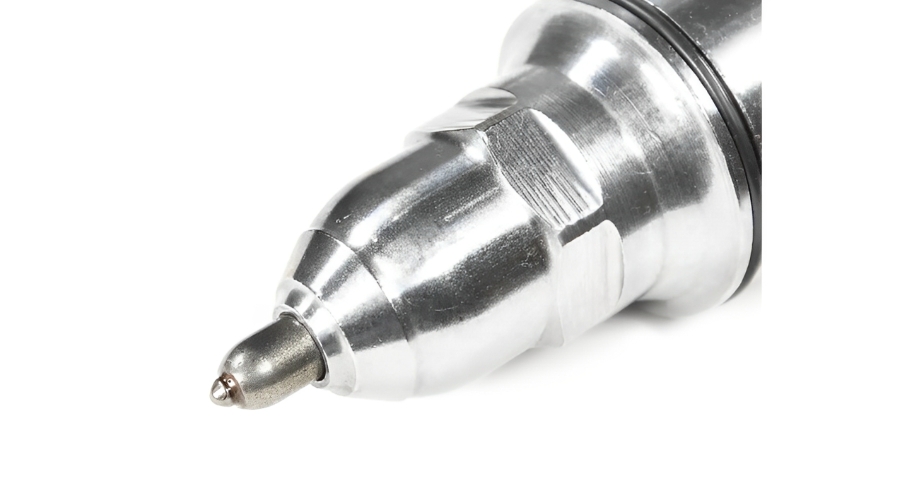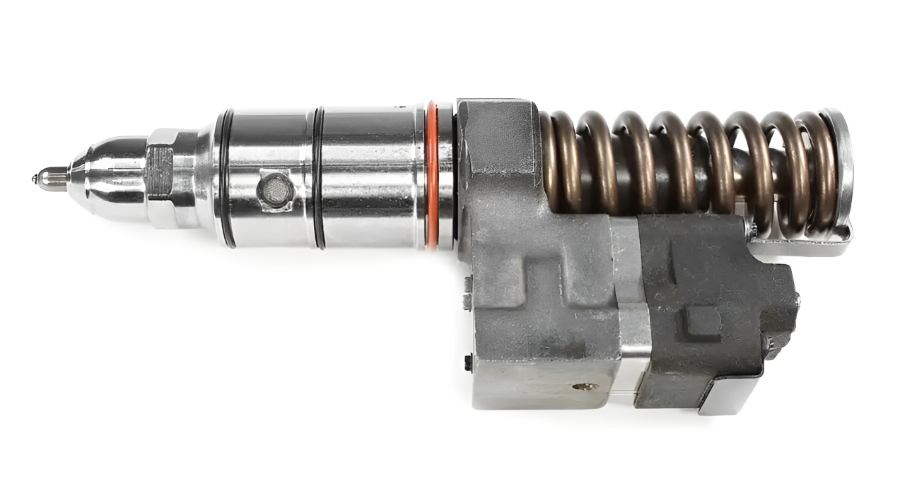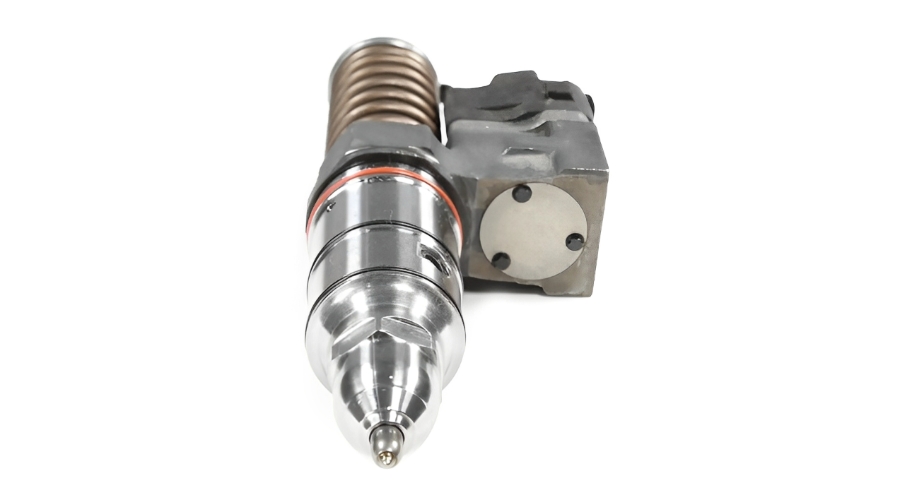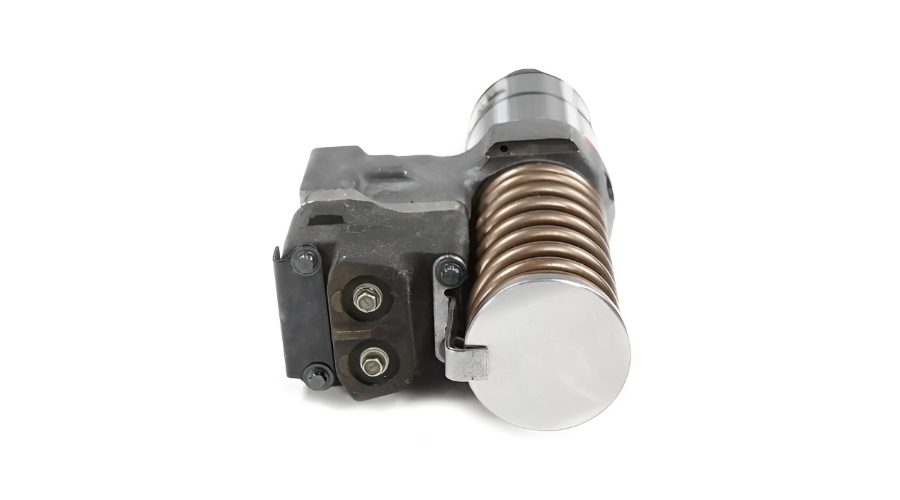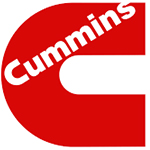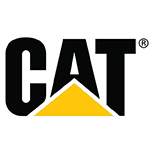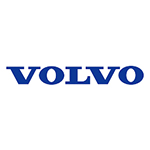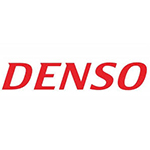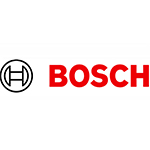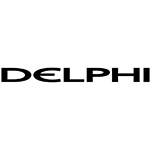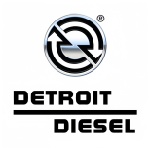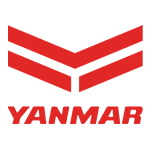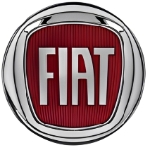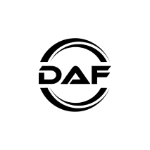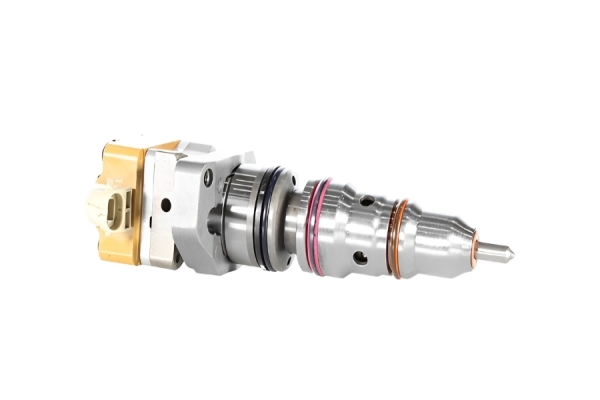Application: Used in Detroit Diesel Series 60 engines (likely for 11.1L, 12.7L, or 14L variants).
Function: Delivers precise fuel injection for optimal combustion and performance.
Compatibility: Verify with your engine’s exact model and year, as injectors may vary by emissions standards (e.g., pre-EGR vs. EGR engines).
The Detroit Diesel Series 60 fuel injector (Part #05237026) is an electronically controlled unit injector (EUI), a critical component in the high-pressure fuel injection system. Below is a breakdown of its structure and key components:
1. Main Components of the Series 60 Fuel Injector (EUI)
A. Solenoid Valve Assembly
Function: Controls fuel injection timing and duration via signals from the ECM (Engine Control Module).
Components:
Solenoid coil: Electromagnet that opens/closes the injector needle.
Armature plate: Moves to actuate the needle valve.
Electrical connector: Receives ECM signals.
B. Injector Body
Material: High-strength steel to withstand combustion pressures (up to 30,000 psi in later models).
Fuel passages: Directs high-pressure fuel from the pump to the nozzle.
C. Plunger and Barrel Assembly
Function: Generates high-pressure fuel by reciprocating motion (driven by the engine’s camshaft via rocker arms).
Precision-matched: The plunger and barrel are lapped together to prevent fuel leakage.
D. Nozzle Tip (Spray End)
Design: Multi-hole nozzle (typically 6–8 holes) for fine fuel atomization.
Check valve: Ensures sharp injection cutoff to prevent dribbling.
Tapered seat: Seals against combustion chamber pressure.
E. Return Spring
Role: Returns the plunger and needle valve to the closed position after injection.
F. Fuel Inlet/Outlet Ports
Low-pressure inlet: Receives fuel from the supply line.
High-pressure circuit: Internal passages route fuel to the plunger chamber.
Leak-off return: Excess fuel returns to the tank to cool the injector.
2. How It Works (Operation Cycle)
Fuel Delivery: Low-pressure fuel enters the injector from the fuel rail.
Solenoid Activation: The ECM sends a pulse to the solenoid, lifting the needle valve.
High-Pressure Creation: The camshaft-driven plunger pressurizes fuel (up to 25,000–30,000 psi).
Injection: Pressurized fuel sprays through the nozzle into the cylinder.
Cutoff: Solenoid de-energizes, and the spring closes the needle valve.
3. Critical Design Features
Electrohydraulic Operation: Combines electronic control with mechanical pressure generation.
Integrated Design: Unlike common-rail systems, the Series 60 EUI generates high pressure internally.
Durability: Hardened materials resist wear from abrasive ultra-low-sulfur diesel (ULSD).


